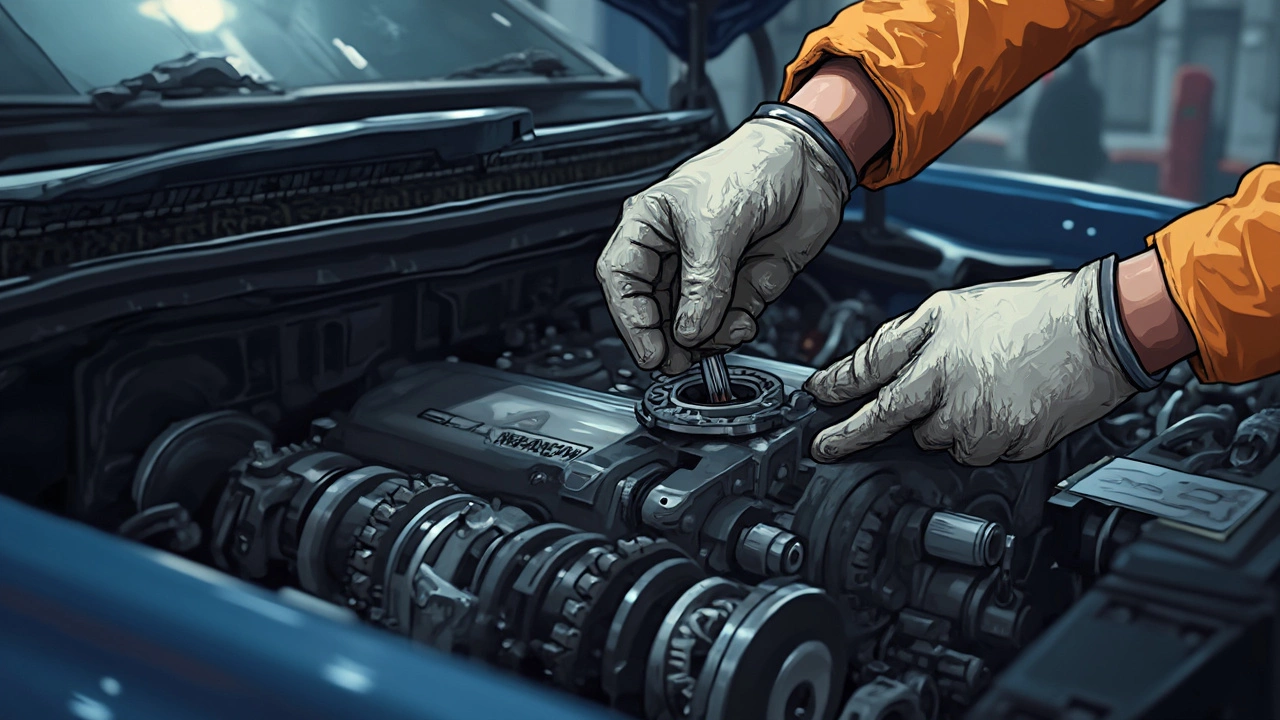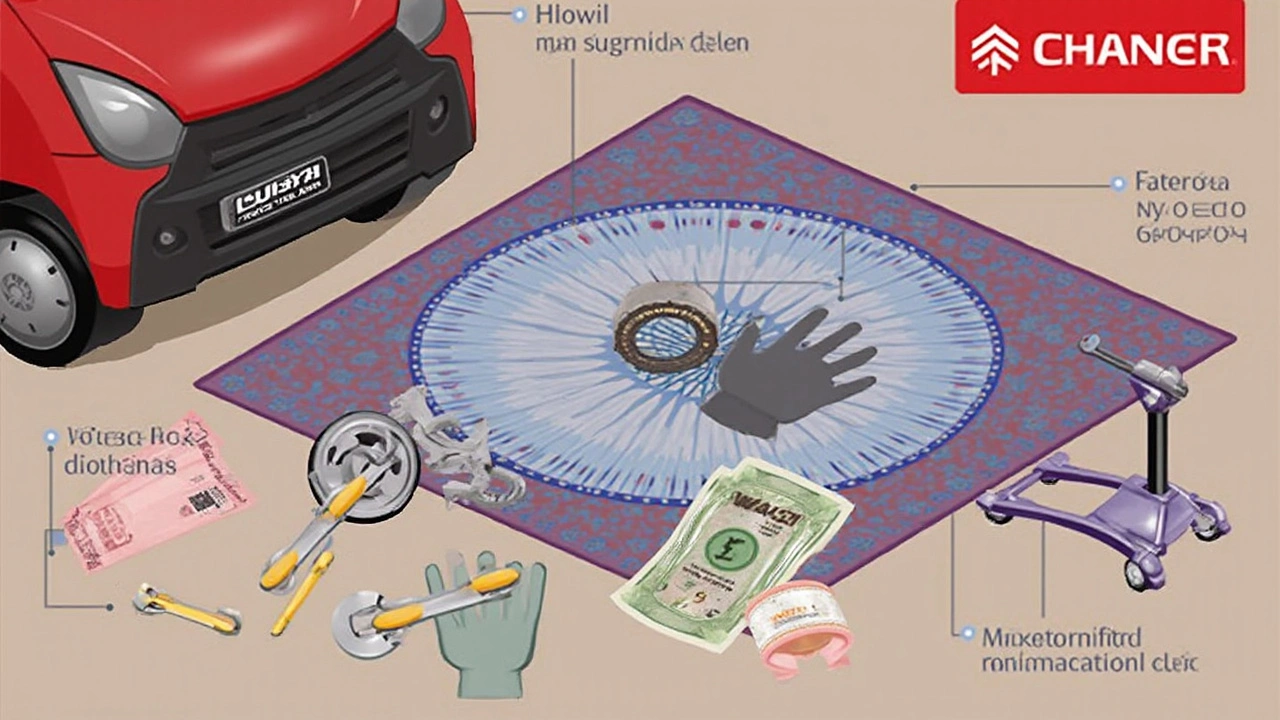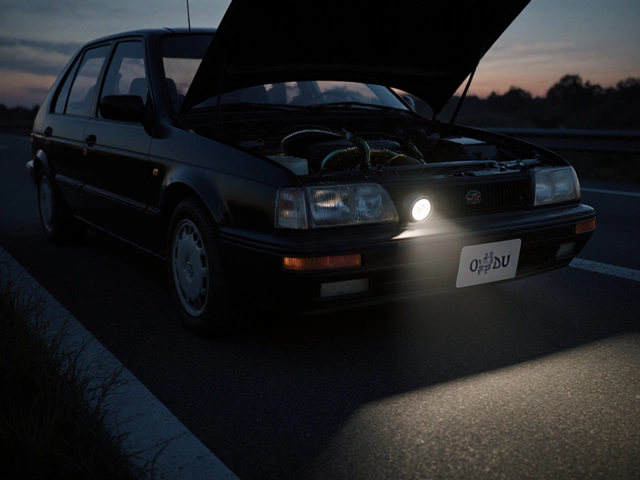If your car’s clutch starts slipping, it’s not just an annoyance—a slipping clutch can sideline your ride completely. You step on the gas, and the engine revs, but there’s no power hitting the wheels. It’s a classic symptom, and for many, it triggers that dreaded question: Is this thing fixable without an arm, a leg, and a week in the shop—or can you actually tackle it yourself? The truth might surprise you, especially when you start peeling back the greasy layers of what’s really involved. People love the DIY spirit, but with clutches, there’s a world of difference between tightening a loose bolt and rebuilding the nerve center of your transmission.
What Actually Causes a Slipping Clutch?
Let’s be real—clutches aren’t built to last forever. The basic job of a clutch is to connect your engine to the transmission, letting you change gears without grinding. Over time, the friction material on the clutch disc wears down, and that’s when things start slipping. When you find yourself revving without results, it’s usually because the clutch isn’t holding tight. This isn’t a sign your car hates you; it’s just basic physics and wear.
So, what gets a clutch slipping in the first place? Most commonly, it’s straight-up wear. City driving and constant stop-and-go mess with a clutch’s lifespan. Riding the clutch pedal, launching hard at every light, and hauling heavy loads—these are the bad habits clutch nightmares are made of. Sometimes it’s a leaky rear main seal dripping oil onto the clutch, or maybe a slave/master hydraulic cylinder issue. A misadjusted clutch cable can do it too, but that’s less common in modern cars. And let’s not forget: after 60,000-100,000 miles, most clutches are on borrowed time.
Ever wonder just how common clutch slip is? The AA in the UK reported that a slipping clutch is one of the top five reasons for breakdowns among manual transmission cars. In North America, the National Institute for Automotive Service Excellence (ASE) sees clutch problems make up a significant chunk of driveline repairs for cars over 7 years old. While an aggressive driver can kill a clutch in 20,000 miles, gentle folks can stretch it to over 120,000 miles. That’s a wide spread—your driving style matters more than you think.
Before you get your hands greasy, you’ll want to confirm it really is a slipping clutch. Sometimes it’s mistaken for transmission problems or worn engine mounts. The classic sign? You shift into a higher gear, punch the pedal, and the RPMs soar without a matching burst of speed. You might also smell burning—think old brakes or burnt toast—especially after a tough climb or when pulling a trailer. If your clutch pedal feels soft, or you can push it to the floor with barely any resistance, time to check out the hydraulic (or cable) system too.
Some clutches are also just plain weak by design. Certain Ford Fiestas and older Honda Civics used friction materials that wore out fast, even if you drove them gently. Clutch slip can also rear its head after an engine upgrade—turbocharging your ride without upgrading the clutch is practically asking for it to slip.
| Cause | Commonness (%) | Repair Complexity |
|---|---|---|
| Friction disc wear | 70 | Hard |
| Hydraulic failure | 15 | Medium |
| Oil contamination | 10 | Medium |
| Misadjusted cable | 5 | Easy |
It’s not always catastrophic, either. If you notice slipping only under heavy load (like during hard acceleration in high gears), you might have a little time before full failure. Still, it’s not something you can ignore; clutch issues always get worse, never better, and if you wait too long, you could chew up your flywheel and pay double down the line.

Is a Slipping Clutch an Easy Fix? Breaking Down the Reality
Let’s cut to the chase: fixing a slipping clutch isn’t like changing spark plugs or swapping an air filter. Sure, there are some basic checks if you're lucky—like tightening a cable or topping up hydraulic fluid—but if the real issue is worn friction material or contamination, you’re looking at a full replacement. That’s major surgery for your car.
The myth that fixing a slipping clutch is a “simple adjustment” comes from older cars. Back when cables were common, a turn of the adjuster nut could once in a while bring a slipping clutch back from the brink, but today, most systems are self-adjusting or hydraulic. For most drivers, by the time you notice slip, the disc is toast.
Here’s what’s involved in the typical job:
- Disconnect the battery (unless you like electric shocks).
- Remove the drive axles or shafts (good luck if yours are rusted in place).
- Disconnect the transmission from the engine—which can weigh 70-150 lbs easy.
- Support the engine and transmission (think solid jack stands—no cinder blocks, please).
- Pull out the old clutch assembly—pressure plate, disc, and often the flywheel.
- Inspect the flywheel for heat spots and warping; if it's bad, you’ll need a replacement or a resurface at a machine shop.
- Install new parts, and reverse the whole process. Don’t forget to lubricate all the right spots—too little grease and your release bearing squeals, too much and you contaminate the disc.
Sound complicated? That’s because it often is. Labor is what kills you at the shop—expect to pay 8 to 12 hours of labor for a clutch job on a front-wheel-drive car, depending on how packed the engine bay is. Rear-wheel-drive trucks are usually easier, but it’s still not what you’d call easy. DIY can save you big if you’re already comfortable yanking out half your engine bay, but you’ll need a solid toolkit: a floor jack, transmission jack, torque wrench, breaker bar, and ideally a friend to help lift, especially if you own a heavier V6 or V8 car. Never try to manhandle a heavy trans alone.
Clutch kit prices aren’t nuts—expect $150-$400 for a good parts set, depending on your car and if you buy name-brand or off-brand. Add a new slave cylinder if you want to play it smart—if it fails after a new clutch, you’ll be pulling it all apart again. For shop labor, you’re looking at $800+ on most modern cars, sometimes north of $1500 for AWD models or luxury brands with cramped engine bays. There are lots of cost and time horror stories online—Subaru WRX owners, for example, often complain of $2000 dealer clutch jobs since the whole front subframe drops out.
Here’s a quick comparison of shop quotes for a clutch replacement (parts and labor):
| Car Model | Average Shop Price | Typical DIY Cost (Parts Only) |
|---|---|---|
| Honda Civic (2010) | $1100 | $260 |
| Ford F-150 (2015) | $1250 | $340 |
| Subaru WRX (2016) | $2000 | $400 |
| Toyota Corolla (2012) | $950 | $220 |
Ever heard of the quick fix where you “rough up” the clutch surface to buy a little time? Some backyard mechanics swear by sanding down the clutch for an extra month or two out of it, but this is one of those tricks that only works if your real problem is minor glazing (very rare) rather than outright wear, and it can end up causing more damage. Best practice: swap in a new disc, not band-aid it. Also, watch out for dodgy shops who want to change just the friction plate and skip the pressure plate or flywheel resurface. Skipping these steps is like changing one tire on a bald set—problem solved, for about a week.
Here’s the bottom line: if your only trouble is a loose or stretched clutch cable or low fluid, fixing a slipping clutch is cheap and fast. Anything else? You’re deep into parts swapping and heavy lifting.

Smart Tips and Watchouts Before Tackling a Clutch Repair
If you’re the type who loves automotive challenges and doesn’t mind busting a knuckle or two, swapping a clutch can be a rewarding job—if you respect what you’re getting into. Here’s what you want on your radar before diving in:
- Assess the real problem. Before pulling the trans, make 100% sure it’s not a fluid, linkage, or pedal issue. You don’t want to invest eight hours only to realize you missed a leaking master cylinder.
- Get the right tools. A regular jack won’t cut it—a transmission jack or a big floor jack is a must for safety. You’ll need metric and SAE sockets, pry bars, torque wrenches, and sometimes specialty tools (Honda and Subaru, looking at you).
- Check clutch kit completeness. Does your replacement kit include the pilot bearing, release bearing, alignment tool, and pressure plate? It should—or you’ll be making another trip to the parts store in a greased-up panic.
- Read the service manual. Factory procedures matter, especially torque specs and sequence. Stripped threads or over-tightened bolts can ruin your weekend—and your transmission.
- Label and bag everything. Sounds simple, but it’ll save you hours when putting things back. Bolts, clips, wiring connectors—organize as you go.
- Don’t skip the flywheel resurface. Many flywheels get heat-checked and develop hotspots. A resurface at a machine shop usually costs $40-$60 and pays for itself in clutch life and smooth shifts.
- Hydraulics matter. Replace the slave and master cylinder if you see any leaks or spongy feel. Flushing old fluid is never a bad idea.
- Have a helper. Even small transmissions are awkward alone. A second set of hands keeps things safe—and sometimes makes the difference between success and a trip to the ER.
- Use thread locker where required. Many clutch bolts loosen up from vibration. Blue threadlocker is cheap peace of mind.
- Double-check for leaks and noises. Before firing up the car, check every connection. A loose hydraulic fitting or cable out of place can turn a job done into a disaster on the first drive.
If you’re on the fence about doing this yourself, YouTube is full of step-by-step clutch replacement videos. They break the process down by car, and some independent techs do a better job than factory manuals. Grab a notebook and watch a few before making up your mind. And don’t forget: if your car is worth less than the cost of the job, it may be smarter to let it go.
While a slipping clutch isn’t usually a five-minute fix, you don’t need to be a pro to get it done—just patient, organized, and ready to get your hands dirty. If you go the DIY route, schedule the whole weekend. If you head to a shop, read their reviews and insist they change everything while they’re in there. Clutch slipping is a hassle, but you can absolutely beat it with a bit of grit—and maybe some grease under your fingernails.








Write a comment